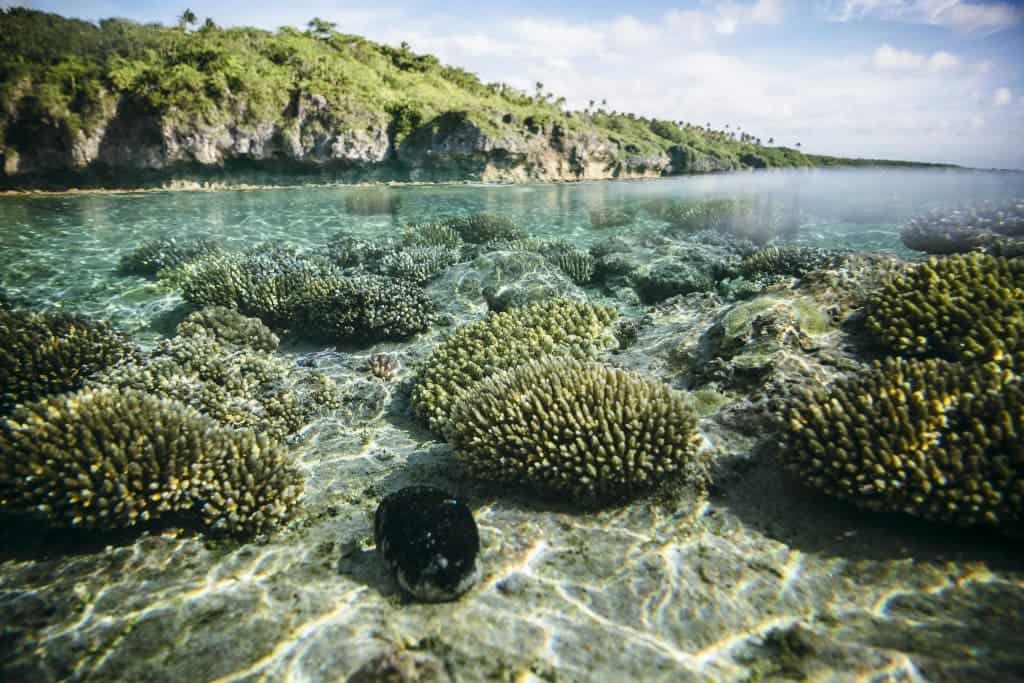Tackling the interlinked climate, biodiversity, and land degradation crises requires the world to quadruple its annual investment in nature conservation, according to a UN report. This would mean spending 0.1% of the global GDP every year to restore forests, manage pollution, and protect natural areas and ecosystem services.

The State of Finance for Nature report, produced by the UN Environment Programme (UNEP), the World Economic Forum (WEF) and the Economics of Land Degradation Initiative (ELD), found that a total investment of $8.1 trillion was required between now and 2050 to maintain the natural habitants that are vital to human civilization.
The authors urged governments, financial institutions and businesses to overcome the investment gap by putting nature at the center of economic decision-making. They stressed the need to accelerate capital flows to nature-based solutions, making nature central to public and private sector decision-making related to societal challenges.
Spend money to make money
The report comes after the warning of scientists in January that the planet is facing a “ghastly future of mass extinction, declining health and climate-disruption upheavals” that threaten human survival because of ignorance and inaction. People still haven’t grasped the urgency of the biodiversity and climate crises, the 17 experts warned.
“Biodiversity loss is already costing the global economy 10% of its output each year. If we do not sufficiently finance nature-based solutions, we will impact the capacities of countries to make progress on other vital areas such as education, health and employment,” UNEP executive director Inger Andersen said in a press statement.
The authors found that annual investments in nature-based solutions will have to triple by 2030 and increase four-fold by 2050 from the current investments into nature-based solutions of USD 133 billion. Nearly two-thirds of that is spent on forest and peatland restoration, regenerative agriculture and pollution-control systems.
Structural transformations are needed to bridge this financing gap, which may involve repurposing the billions of dollars that are now allocated every year for damaging agricultural and fossil fuels subsidies. Nature only accounts for 2.5% of projected economic stimulus spending in the wake of Covid-19, the UN estimated.
The UN called for a steep increase in annual investment of the private sector in nature-based solutions and to couple investments in restoration action with financing conservation measures. This could result in forest and agro-forestry (combination of food production and tree growing) area increases of 300 million hectares by 2050.
“The dependency of global GDP on nature is abstract but what we really mean are livelihoods, jobs, people’s ability to feed themselves, and water security,” Teresa Hartmann, the WEF lead on climate and nature, told The Guardian. “If we don’t do this, there will be irreversible damages to biodiversity that we can no longer fix.”
The upcoming summits on climate, biodiversity, land degradation and food system later this year could provide an opportunity to harness political and business momentum to act on biodiversity, climate and land degradation, the UN said. A new global framework for biodiversity is expected as well as more ambitious climate pledges.


